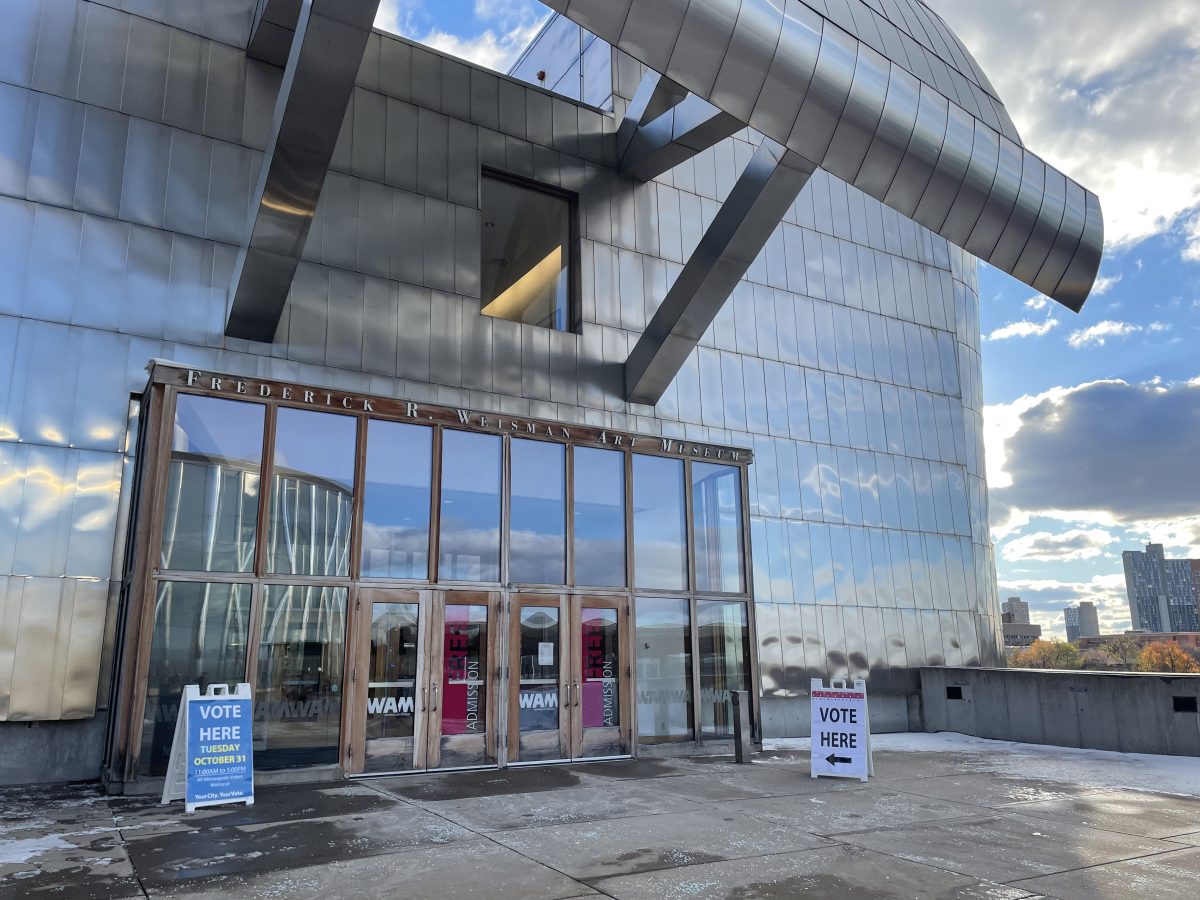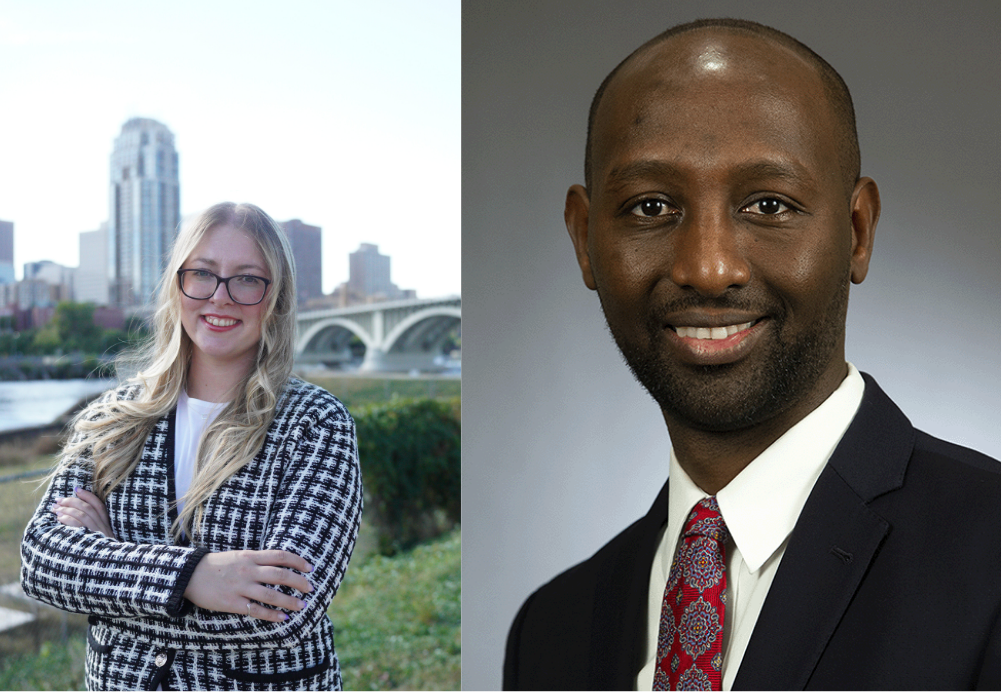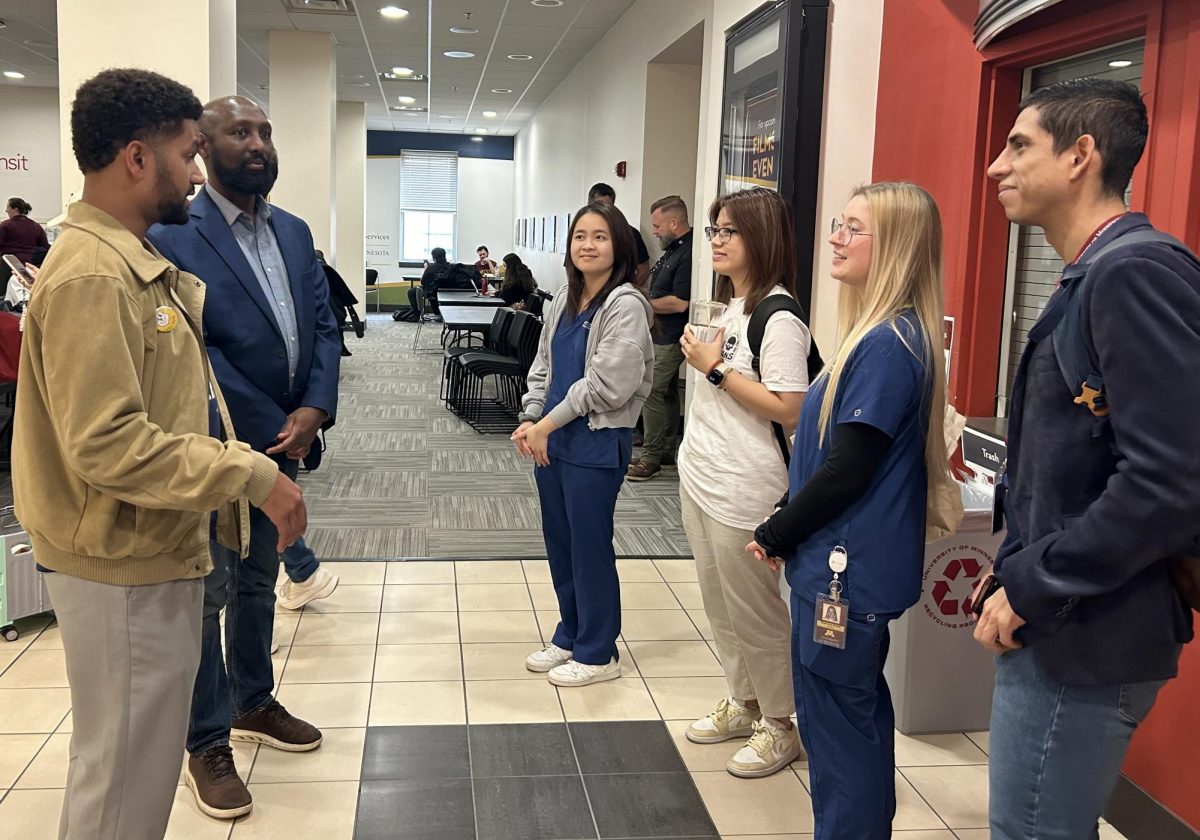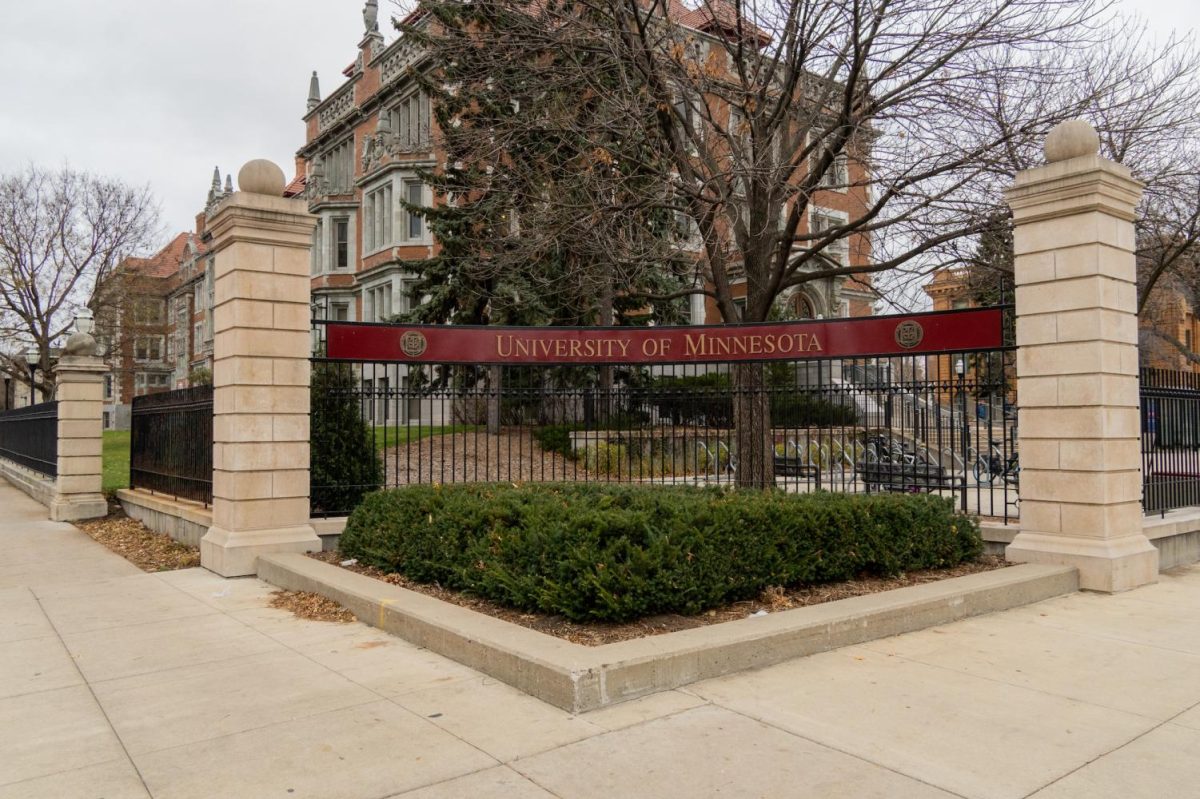The University of Minnesota announced during a press conference on Thursday its MPact Health Care Innovation vision, which aims to strengthen Minnesota’s health care by making the state a leader in health for future generations.
The University is seeking opportunities for partnerships with health systems that will maximize its statewide impact in health care innovations and research, President Joan Gabel said at the press conference. Through these partnerships, the University hopes to bring high quality, patient-centered care to all Minnesotans, she said.
In its commitment to develop and embrace new and leading health care delivery models and “cutting-edge technologies,” the University has made several goals, which include acquiring medical facilities, increased funding and building a new hospital on campus, Gabel said at the press conference.
To ensure all Minnesotans have access to a first-rate academic health system, the University plans to “own, govern and control” all existing health care facilities on the Twin Cities campus, which Fairview Health Services currently owns. In November, Fairview Health Services, a Minneapolis-based health system, announced plans to merge with Sanford Health, which is based in South Dakota and is the nation’s largest rural health system.
Currently, the University is seeking state and community investments to upgrade medical facilities that “bridge” the present medical centers to a new state-of-the-art hospital, Gabel said.
The new hospital will be located on the Twin Cities’ East Bank campus and will take at least five years to develop, costing about $1 billion, according to Myron Frans, the University’s senior vice president for finance and operations.
According to Frans, necessary public funding has not been secured, so more cost estimates and detailed planning need to occur before construction can begin.
The University expects to staff the new hospital with 1,500 physicians and health professionals who are currently working on campus, said Jakub Tolar, dean of the University Medical School and vice president of clinical affairs, at the press conference
The University remains committed to continued partnership with all healthcare providers, including Fairview Health Services, Frans said.
Gabel said the University also hopes for support from the governor, the state legislature and community leaders to help fund this vision.
“This is a moment rich in promise and opportunity,” Tolar said. ““We need to be bold, we need to be intentional and we need to be ambitious for the state of Minnesota.”




















A Gopher
Jan 17, 2023 at 11:14 am
So then, let’s ask the question as to why the UMN go involved with Fairview in the first place. A further question would be why have we let career administrators take over our healthcare institutions? Executive compensation continues to balloon regardless of actual performance. Similar to the structures at the UMN you see massive administrative bloat, but rarely do the people actually doing the work: researchers, teachers, assistants, doctors, and nurses, actually receive the brunt of the economic windfall. Thus, with this new hospital let’s replace admin positions with advanced AI. After all, it’s been proven that the hospital can not survive without nurses and doctors, but without a bloated admin structure can imagine how much good work could be performed?